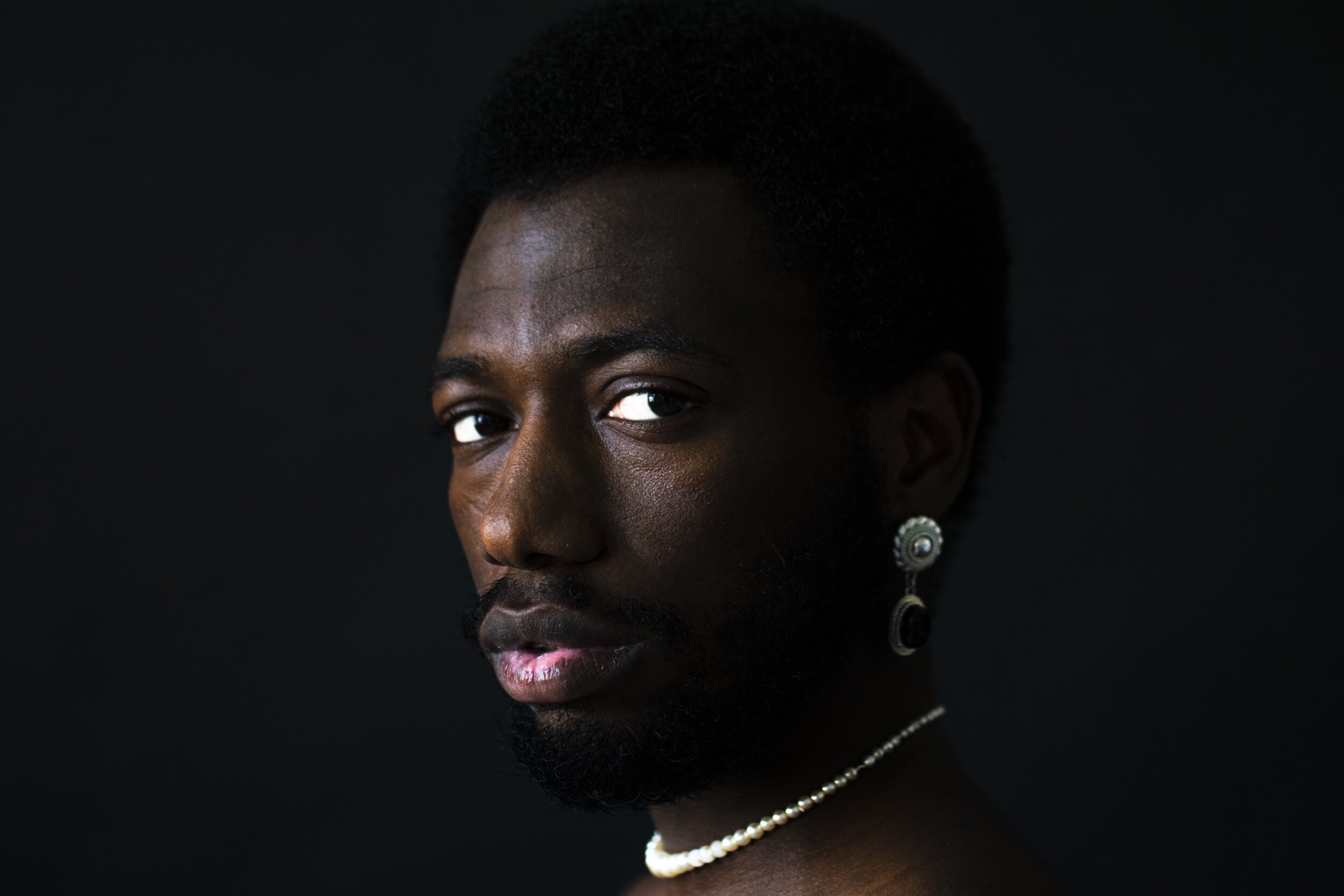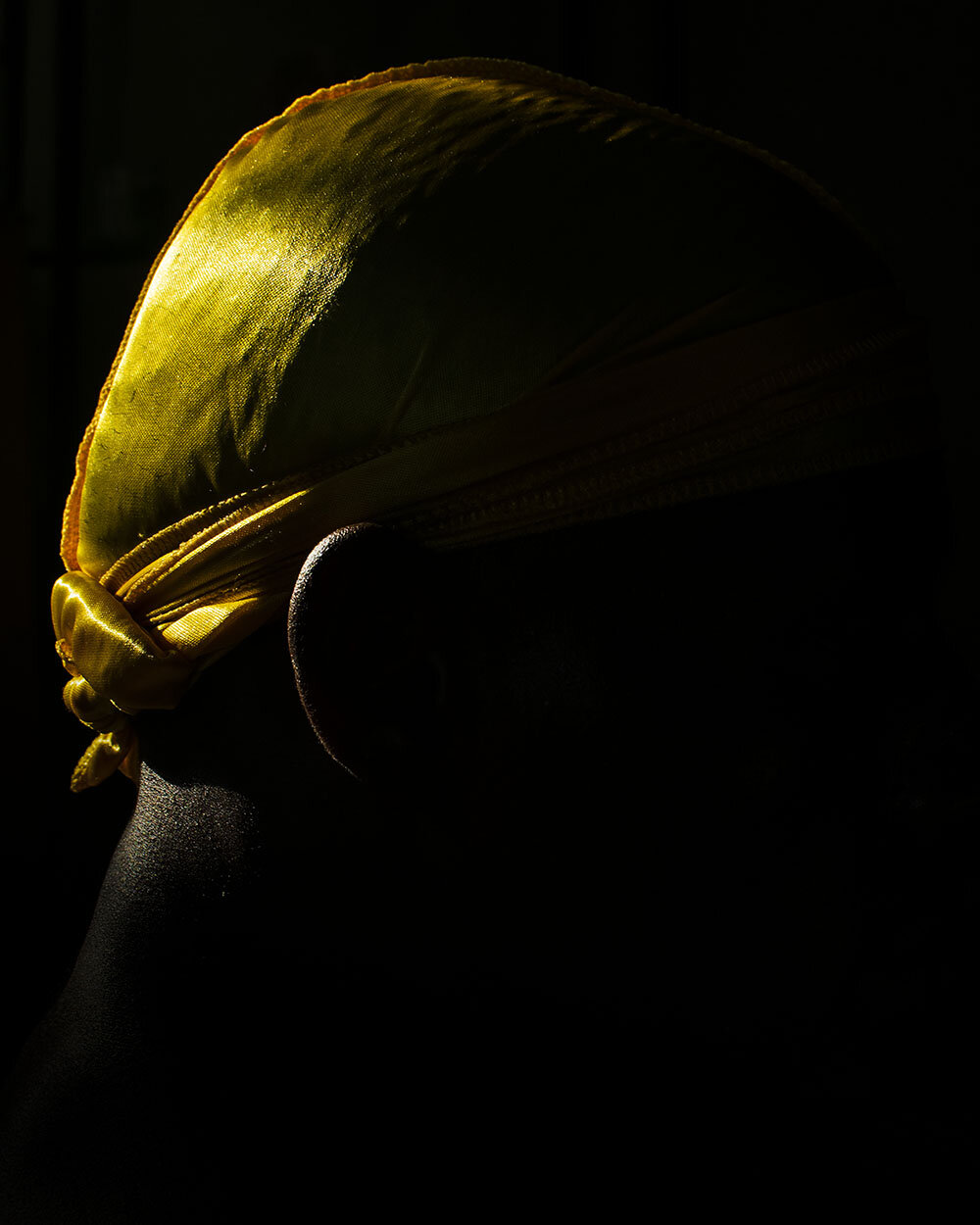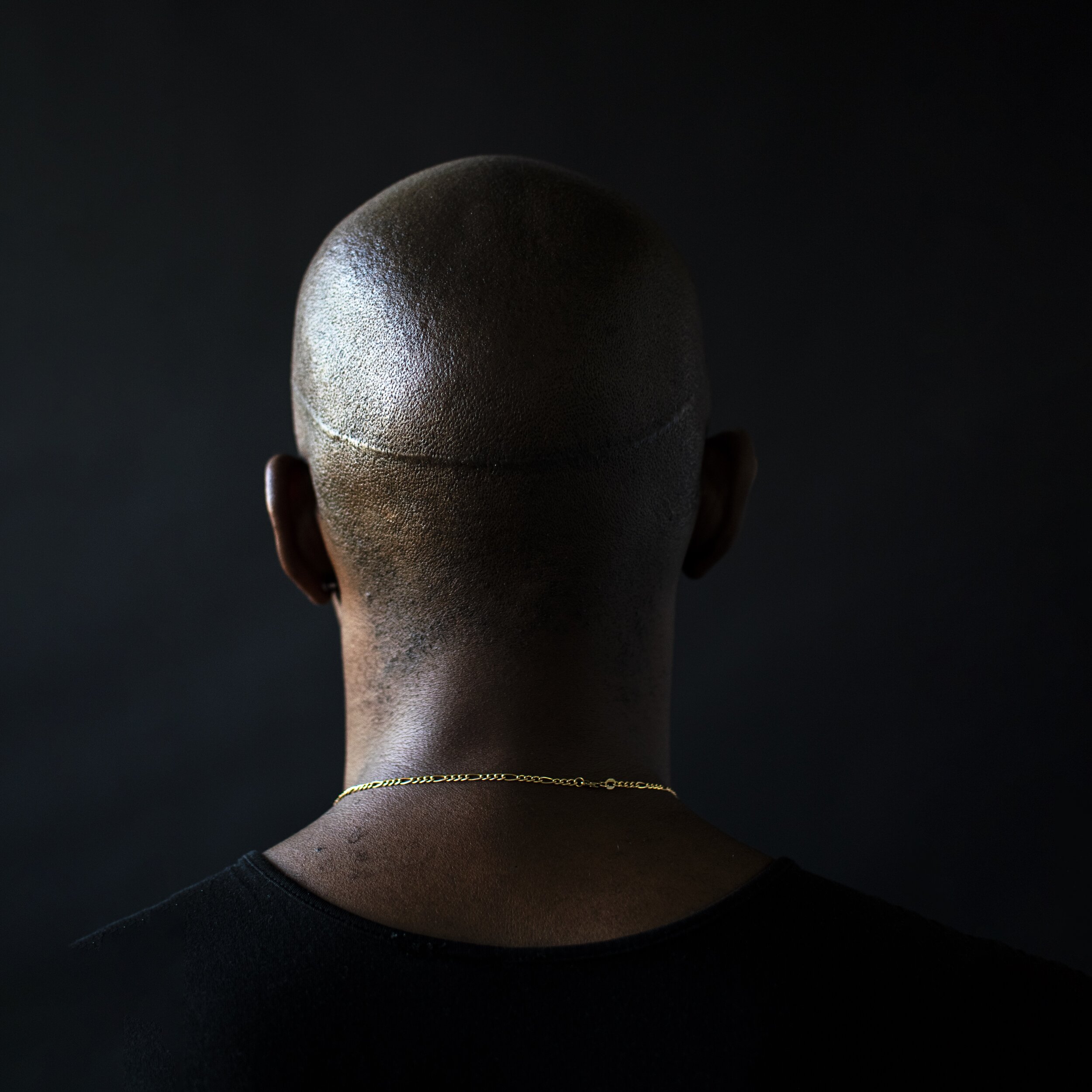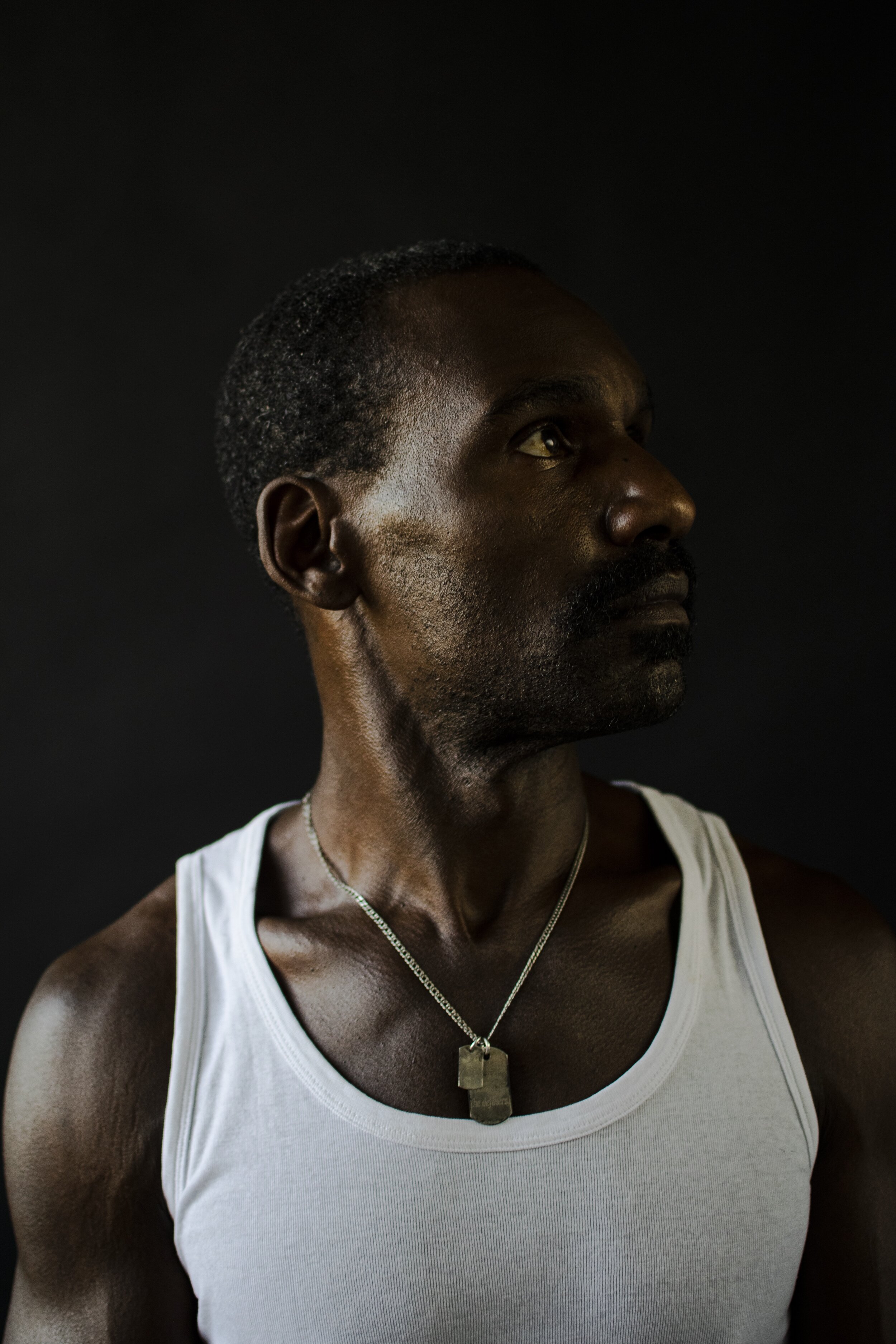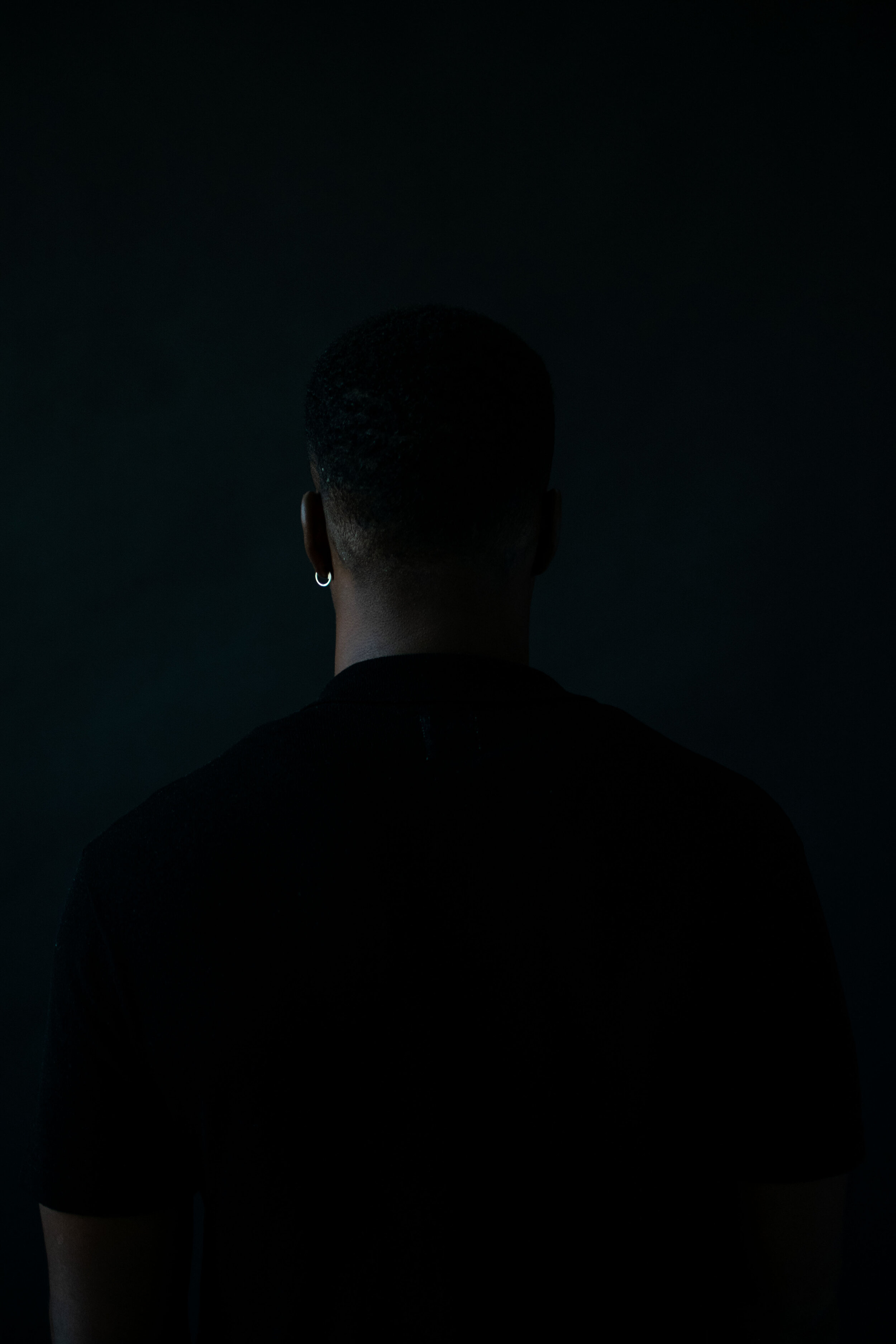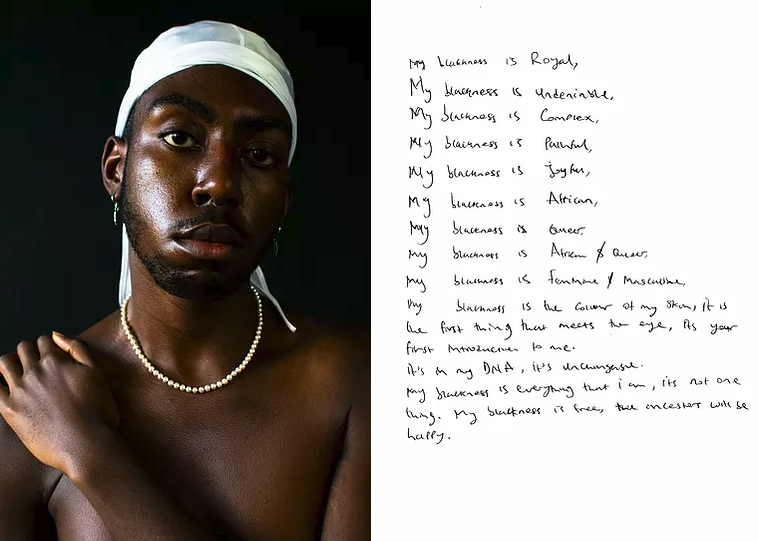Photo Journal Monday: Terrence Phearse
All text and images by Terrence Phearse
The moment is not sweet. There is a mood of tiredness and disenchantment among Black people stemming from the death of George Floyd. But none of this is new. Herein lies the burden that has stalked Black people for centuries, the division of the color line. At the turn of the nineteenth century, W. E. B. Du Bois professed that “the problem of the color line” would be the most significant issue of the twentieth century. The color line refers to the racial division and social interactions between Blacks and Whites. At the 1900 Paris Exposition, he compiled a series of photographs along with charts, infographics, documents and maps for the American Negro Exhibit to combat racism with evidence of social, economic and cultural conditions of Black Americans. His intuition proved to be valid throughout the decades with segregation, protests, the death of Emmett Till, the Civil Rights Act of 1957, the 1963 March on Washington, church bombings and Bloody Sunday in Selma, Alabama. Although race remained a central issue for much of the twentieth century, the problem of the color line continues in the twenty-first century.
When I first encountered the Negro Exhibit at the Paris Exposition, I wondered who are these people? After creating an analysis on the images and researching more about the archive through scholarly discourse, I was left to wonder about what their experiences were on the color line. Their images stood in to counter past visual narratives of Blacks created by white supremacist, but I wanted to know more about them. To fill this gap, I set out to create a practice based research project that modelled Black men in similar poses to this archive of images.
Du Bois’s portrayal of young, regal, posing, well-dressed African Americans at the 1900 Paris Exposition acted as a counter-narrative to the hypocrisy that influenced and widened the social gap between Black and White Americans as they moved into the middle class. The Color Line book serves a referential archive pointing directly back to Du Bois’s curatorial project 120 years later. In this book, there are a collection of handwritten notes used as ethnography from the men photographed detailing their experience with double consciousness and problems on the color line. Through the utilization of interviews, questionnaires and surveys, this body of work sought to build an archive to extend W. E. B. Du Bois’s photographs that provide a frame of reference that visually articulates the identities of Black men in 2020. Rather than only retell past narratives, I have re-situated Du Bois’s archive of photographs and documents from the Paris Exposition by removing the affluent style dress and the data from the original charts and placing them next to the Black men of today who are still dealing with these issues no matter how they look.



